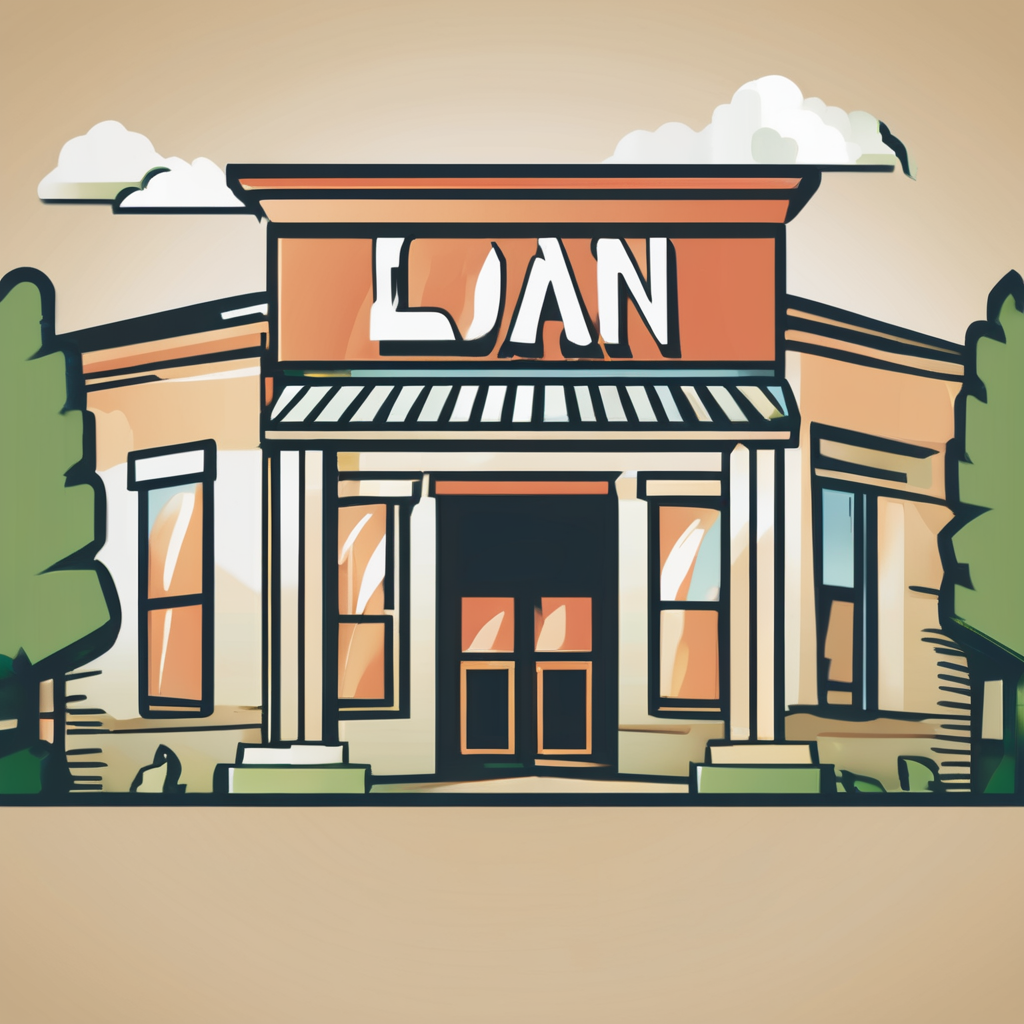The evolving role of digital platforms in UK property finance
Digital transformation UK is reshaping the property finance landscape by introducing innovative solutions that streamline transactions and enhance accessibility. The rise of digital property finance platforms is no longer optional but vital for staying competitive. These platforms integrate cutting-edge property finance technology, enabling faster mortgage approvals, transparent documentation, and real-time analytics.
Key drivers for this adoption include the demand for speed and convenience from buyers, investors, and lenders. Modern stakeholders expect instant access to loan options and digital tools that simplify complex financial processes. For instance, AI-driven underwriting and automated credit assessments reduce turnaround times substantially.
Also read : How can you prepare financially for a property purchase in the UK?
Buyer expectations have evolved, prioritising seamless online experiences where property finance decisions can be made without waiting weeks. Investors seek platforms that offer comprehensive data insights, enabling smarter risk assessment. Lenders benefit from reduced manual workloads and enhanced compliance via digital workflows.
As digital transformation UK advances, property finance technology continues to break down traditional barriers. This shift enables more inclusive access to funding and creates a more transparent marketplace. Understanding these changes is essential for anyone engaging with UK property finance today.
Also read : What strategies can mitigate risks in UK property finance?
Streamlining processes through automation and efficiency
Automation in automated property finance has revolutionised how mortgage applications are processed. By reducing reliance on manual intervention, banks and lenders can minimise paperwork substantially. This shift means borrowers no longer face mountains of forms; instead, much of the information is captured digitally, speeding up initial application stages and reducing errors caused by manual input.
Online mortgage applications benefit hugely from automated underwriting tools that analyse borrower data swiftly. These digital systems assess creditworthiness and risk factors in minutes, which traditionally took days or weeks. Faster mortgage approvals are possible because comprehensive algorithms replace slow, human-dependent processes.
Importantly, automation extends beyond decision-making to seamless identity verification and contract completion. Digital identity verification ensures that applicants are securely authenticated without physical presence, using biometric data or government-issued ID scans. Coupled with this are e-signatures, which allow borrowers to sign legally binding mortgage documents online instantly. This integration of tools not only enhances process efficiency but also improves customer experience by providing a fully online, frictionless application journey.
Together, automated property finance and online mortgage applications create an efficient, transparent, and reliable way to manage property finance needs—transforming how we secure home loans today.
Data accessibility and transparency in property finance
Data-driven property finance transforms how lenders and borrowers approach risk and investment decisions. Access to real-time data allows for more accurate credit risk assessments, enabling financial institutions to measure borrower reliability with current, relevant information. This reduces uncertainty and enhances lending confidence.
Open banking plays a pivotal role by facilitating secure sharing of financial details through shared databases. This innovation connects banks, lenders, and agents, granting them a holistic view of a borrower’s financial standing. Consequently, decision-making relies on comprehensive insights rather than outdated or isolated snapshots.
Transparency in property finance also means clear communication between all stakeholders. Open, timely access to financial data minimises the chances of misunderstandings or misrepresentations regarding loan terms and conditions. For example, borrowers can better understand their obligations while lenders gain visibility into property valuations and repayment histories.
Ultimately, these advancements encourage a more efficient, trustworthy ecosystem. Embracing data-driven property finance supported by open banking ensures that everyone—from buyers to investors—benefits from informed decisions and equitable outcomes. Emphasising transparency in property finance builds confidence essential for sustained growth and stability in the market.
Case studies: Leading digital platforms in the UK market
Exploring digital mortgage platforms like Habito, Mojo Mortgages, and Landbay reveals significant strides in the UK property finance sector. Habito, for example, harnesses automated algorithms to streamline mortgage searches, reducing application times by up to 50%. This efficiency benefits both lenders and borrowers by cutting administrative costs and expediting approvals.
Mojo Mortgages similarly leverages fintech innovations, offering users an intuitive interface with quick credit assessments. Their platform’s ability to integrate real-time data analytics has resulted in more accurate risk profiling, helping customers secure competitive rates. Landbay focuses on peer-to-peer lending, disrupting traditional mortgage funding by directly connecting investors with property buyers. This model lowers costs and improves lending agility—two critical factors in the competitive UK property finance landscape.
User statistics underline these platforms’ impact: Habito reports a growing customer base exceeding 100,000, while Mojo Mortgages notes a 30% increase in successful mortgage completions since digital adoption. Landbay’s loan book has expanded steadily, reflecting trust in its fintech approach.
Such UK property finance examples showcase how technology-driven solutions enhance transparency and accessibility. They exemplify fintech case studies UK investors and consumers can study to understand the evolving mortgage ecosystem and its potential benefits.
Challenges and considerations with digital property finance adoption
Digital property finance adoption faces several important challenges that influence its growth and acceptance. A primary concern is digital security UK standards, as users worry about cybersecurity risks, fraud, and data privacy breaches. With sensitive financial information involved, safeguarding data becomes paramount to build trust and protect assets from cybercriminals.
Regulatory compliance in the property finance sector is complex, with evolving legal frameworks demanding constant adaptation. Institutions adopting digital solutions must navigate these rules carefully to avoid penalties while maintaining transparent, secure operations. This often leads to slower integration of new technologies due to the cautious approach required.
Another key challenge involves the end user. Technology adoption barriers stem from digital literacy gaps and a lack of confidence in online finance tools. Many potential users hesitate to fully embrace digital property finance because they fear mistakes or misunderstand the process. Addressing these barriers through education and intuitive interfaces plays a critical role in boosting adoption rates.
In summary, overcoming property finance challenges requires a balance between strengthening cybersecurity protocols, meeting regulatory demands, and increasing public trust via user-friendly solutions. These considerations shape how quickly and effectively digital finance platforms can transform the property market.
Future trends in digital property finance in the UK
The UK’s property fintech trends are rapidly evolving, driven by the integration of blockchain property finance and AI-powered solutions. Blockchain offers greater transparency and security in property transactions, reducing fraud and streamlining processes. As smart contracts become mainstream, property deals could settle in minutes rather than weeks, enhancing efficiency for buyers, sellers, and lenders alike.
Artificial intelligence (AI) and machine learning are reshaping mortgage applications and approvals. In the context of AI mortgage UK services, algorithms analyze vast datasets to assess risk more accurately, enabling personalized mortgage offers tailored to individual financial profiles. This reduces manual underwriting time and increases approval rates, making the market more accessible for diverse borrower groups.
Looking ahead, platform advancements will focus on user experience and interoperability. Expect seamless integration between property search, financing, and legal documentation platforms, improving convenience and reducing steps for borrowers and investors. Market growth will likely be fueled by expanding digital adoption among all stakeholders, including traditional banks adapting to fintech innovations.
Investor and borrower expectations are shifting toward instant, transparent, and secure transactions. Technology adoption will also emphasize regulatory compliance and data privacy, ensuring trust in this evolving landscape. Understanding these trends is essential for anyone navigating the UK’s digital property finance market.

